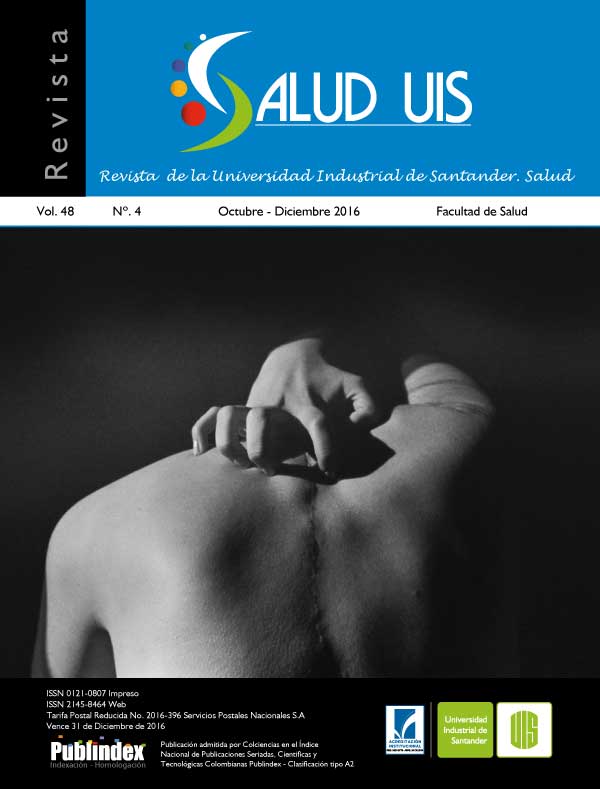Abstract
Introduction: There is controversy about the therapeutic effects of cryotherapy on spasticity and clinical implications underlying its use as an adjunct in the rehabilitation process. Objetive: To evaluate the immediate effect of the application of ice pack on the H-reflex excitability in spastic muscles post-stroke people. Methods: A randomized experimental study of repeated measurements, with two intervention groups, was performed: Experimental group (n=10) and control group (n=5). Latency (ms) duration (ms) and amplitude (mV) of M and H waves and the amplitude index Hmáximo / Mmáximo (%) were recorded before and after cryotherapy or rest. The participants were fifteen subjects with spastic hemiparesis post-stroke were screened, mean age 60.7±10.7 years, median of injury duration 36 months (IQR17-49). There were no significant differences in baseline characteristics between the intervention groups. Results: Cryotherapy induces a statistically significant increase in the H wave latency (32.9±3.3 vs. 34.9± 3.6ms, p<0,001) and M wave (8.0±1.9 vs. 2.4ms±9.4, p< 0.05); as well as, increase was observed in the duration of the M wave (6.3±1.3 vs. 9.8±2.2ms, p<0.001) and H (7.2±1.6 vs. 9.9±2.0ms, p<0.001). No significant changes in the amplitude or the Hmax/Mmax ratio were determined. There were no differences between the H-reflex or the M-wave variables recorded before and after in the control group. Conclusions: Our findings suggest that cooling may be useful for the treatment of spasticity, due to it delays muscle response evoked by direct and reflects electrical stimulation. Simultaneously, cooling prolongs the refractory period of the action potential, whereby more time is required to activate the muscle fibers.

This work is licensed under a Creative Commons Attribution 4.0 International License.
Copyright (c) 2022 Mayerly Anaya N., Esperanza Herrera V.
